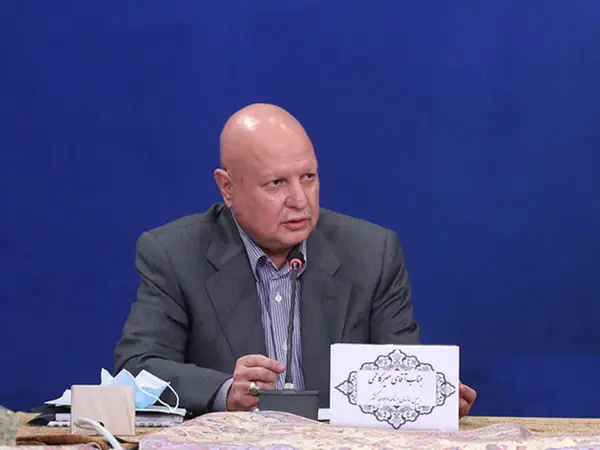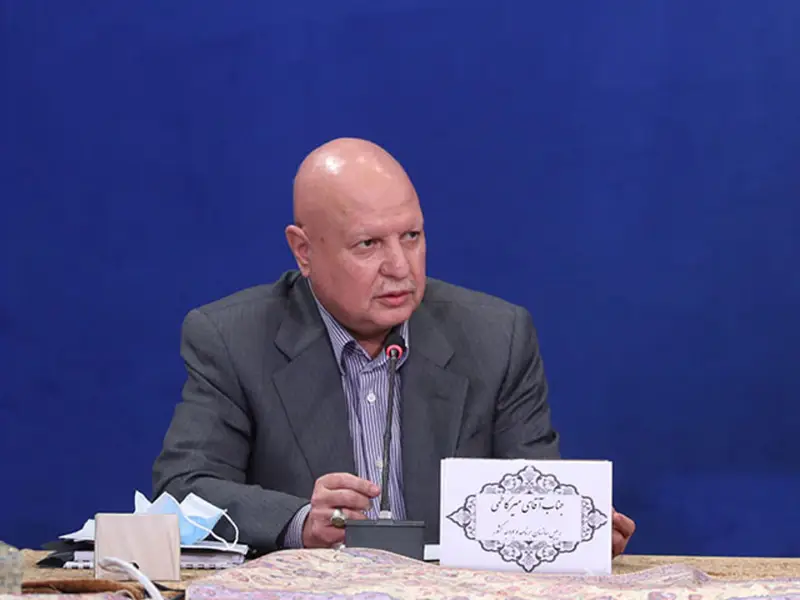Iran is providing more than $100 billion annually in energy subsidies to citizens, a senior official says, amid a steep rise in food prices and general uncertainty.
The head of the Planning and Budget Organization Massoud Mirkazemi told state television that the government is in the process of “reforming the subsidy system…and we are close to final decisions.” He repeated the official argument that the government wants the subsidy to go to the people instead being wasted in different ways.
His remarks signal the implementation of a long-suspected plan to make hydrocarbon fuels and electricity more expensive. Iran has the world’s second cheapest gasoline after Venezuela and the cheapest electricity for more than four decades.
One gallon of gasoline is around 22 cents and citizens are said to be using too much electricity and natural gas which are similarly offered at extremely low rates.
However, inflation has stood above 40 percent in the past 12 months and food prices have risen even faster. As the people’s purchasing power has declined, many expect another round of protests. An increase in energy prices might be too much for the population to bear.
Mirkazemi said that in addition to energy subsidies, the government is providing another $20 billion to keep food and medication affordable.
As it tries to save financial resources after four years of tough United States’ sanctions, the government might be risking a popular backlash.

